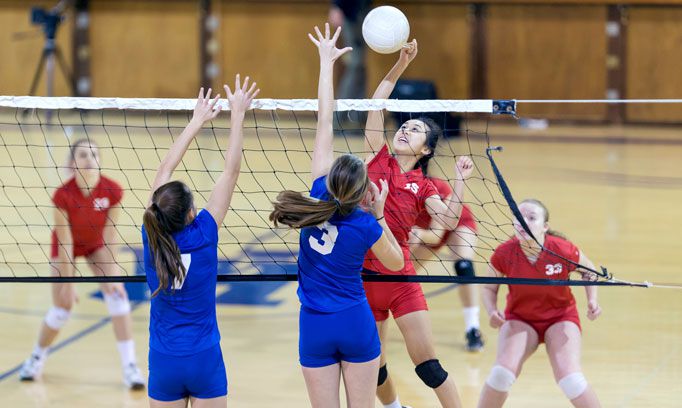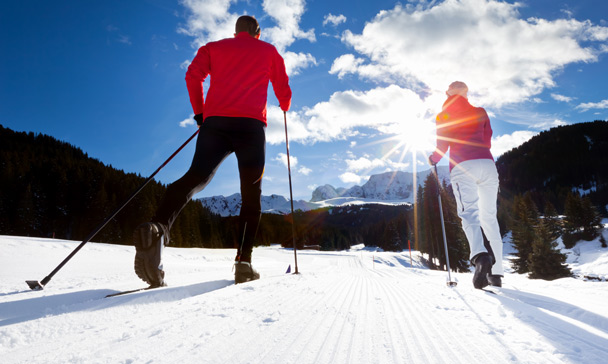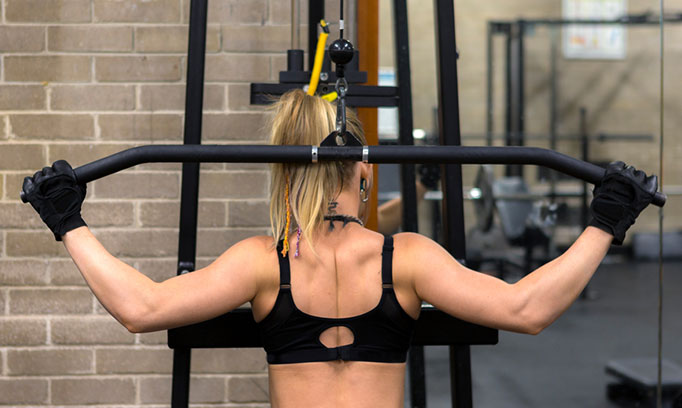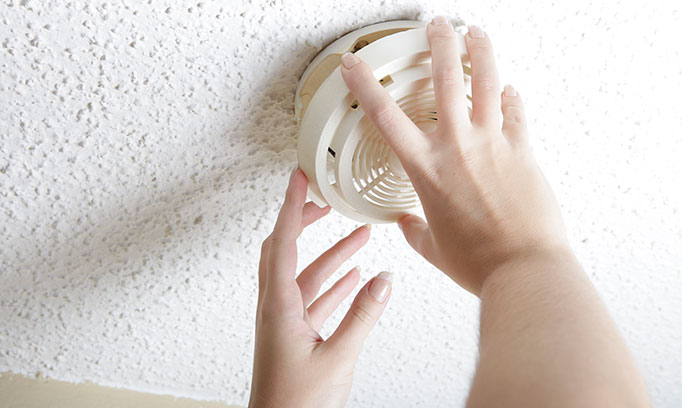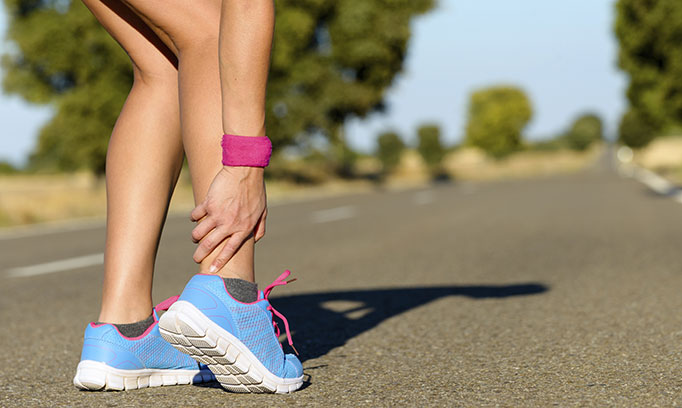MOVE
ACL Insights: Five Facts for Female Athletes
Posted September 18, 2023
- Female athletes face a 4–6x higher risk of non-contact ACL injuries than males.
- Anatomical differences, like the quad-to-hamstring ratio, may play a role.
- Strengthening programs have seen an 80% decline in such injuries.
The excitement of fall youth sports, from soccer kicks to volleyball serves, is undeniable. Yet, lurking in the background is a statistic we can't ignore: female athletes are 4 to 6 times more likely to endure non-contact ACL injuries compared to males. As a former division one athlete and a current orthopedic surgeon at Allina Health Orthopedics, I've dedicated myself to shedding light on this matter. Let's delve into five crucial strategies to keep these young athletes safe.
- Identifying Those Most at Risk
In my practice, I've observed these injuries are most likely to impact girls and women between the ages of 12 and 30 who play or participate in a variety activities like soccer, basketball or even military drills. These injuries are non-contact! No one hits or touches her. It can happen while she’s running, jumping or pivoting.
- Delving into the Probable Causes
While the exact reason remains elusive, one leading theory points to anatomical differences. Women typically have a more pronounced quad to hamstring ratio. The ACL is pivotal in stabilizing our knees. When the quads overpower the hamstring, the ACL endures undue strain, making it vulnerable to injury.
- Proactive Measures for Prevention
Prevention is paramount. While there's no foolproof way to prevent non-contact ACL injuries, homing in on strengthening the glutes and hamstrings can be instrumental. Programs focusing on this regimen have witnessed an 80% decline in such injuries.
- Treatment Pathways
In treating an ACL injury, it's pivotal to recognize that the damage can also affect other knee parts, such as the meniscus. When determining treatment, I consider the patient's age and health background. For individuals 30 or younger, I often recommend outpatient ACL surgery. Recovery can span 9 to 10 months, as the newly situated ACL necessitates time for new blood vessels to form and root securely.
- Post-Surgery Rehabilitation:
A Journey of Dedication Rehabilitation is a methodical journey:
- Initial 3 months: Focus is on range of motion and strengthening, while avoiding any sheer force on the knee.
- Months 4 to 6: Transitioning to "non-distracted cardio" — commencing with linear running, followed by agility exercises.
- Months 7 to 9: Incorporating sport-specific, non-contact drills. By the close of the ninth month, many athletes can consider rejoining their sport, though the process of strength enhancement continues for up to 24 months.
Balancing my roles as a medical professional and mother, I deeply resonate with parents' concerns for their sporty children. While sports carry inherent risks, the rewards, both in skills and personal development, often outweigh them. It's essential to foster a genuine love for the sport while ensuring our budding athletes are equipped with the right habits to minimize injury risks.
MORE LIKE THIS
Six strategies for returning to cross-country skiing after injury
Posted January 10, 2017
It's often possible to get back to cross-country skiing after an injury or surgery, but it is important to have a plan. Jumping right into skiing without consideration of how to do it safely may result in injury and disappointment. Watch the video to get six suggestions from spine and ski experts for a safe and enjoyable return to cross-country skiing.
Continue reading

